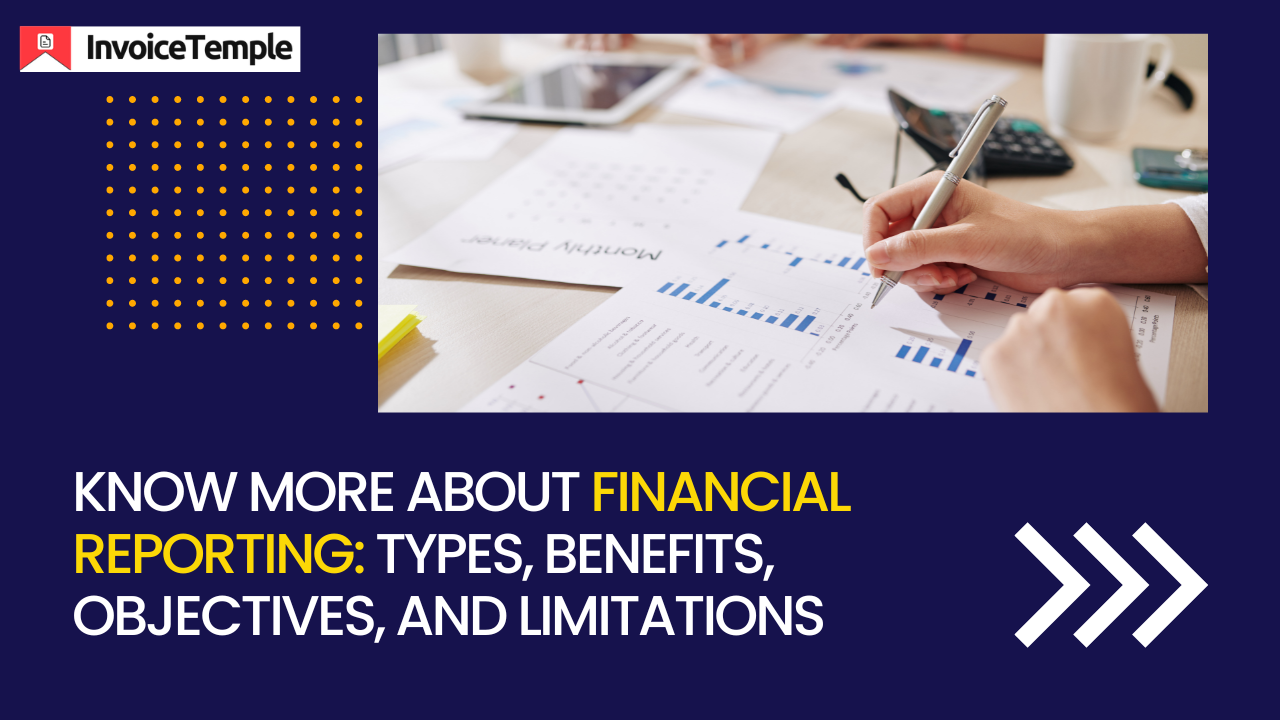The Top 5 ETFs for Building a Diversified Investment Portfolio

Introduction
When it comes to building a diversified investment portfolio, choosing the right assets is crucial. One effective way to diversify is through exchange-traded funds (ETFs), which provide investors with exposure to a wide range of securities across various industries and asset classes. In this blog post, we will explore the top 5 ETFs that can help you build a well-rounded investment portfolio. Whether you are a seasoned investor or just starting, these ETFs offer a mix of growth potential, income generation, and risk management. So, let's dive in and discover the ETFs that can help you achieve your financial goals.
What are ETFs?
Before we delve into the top 5 ETFs, let's briefly understand what ETFs are. Exchange Traded FundsETFs are investment funds that trade on stock exchanges, in the same way as individual stocks. ETFs offer investors exposure to a diversified basket of assets, such as stocks, bonds, commodities, or even specific sectors. They are designed to track the performance of an underlying index, making them a popular choice for passive investing.
Benefits of ETFs
ETFs come with several benefits that make them attractive to both seasoned and novice investors. Understanding these advantages can help you make an informed decision when considering them for your investment portfolio. Here are some key benefits of investing in ETFs:
1. Diversification: ETFs are designed to hold a wide range of securities, such as stocks or bonds, across different industries and sectors. By investing in ETFs, you can achieve instant diversification, which helps to mitigate risk. The diversified nature of ETFs ensures that your investments are not overly reliant on the performance of a single security.
2. Liquidity: ETFs are traded on stock exchanges, which means they can be bought or sold throughout the trading day at prevailing market prices. This liquidity feature allows investors to enter or exit their positions quickly, providing flexibility and ease of trading.
3. Low Cost: ETFs are known for their relatively low expense ratios compared to mutual funds. Since they passively track an index and don't require active management, their fees tend to be lower. This cost advantage can have a significant impact on your long-term investment returns.
4. Transparency: ETFs disclose their holdings daily, allowing investors to see exactly what assets they own. This transparency gives investors a clear picture of the underlying securities and helps them make informed investment decisions.
5. Flexibility: ETFs offer a wide range of investment options, allowing you to target specific areas of the market or asset classes. Whether you are interested in equity, fixed-income, commodities, or even niche sectors, there is likely an ETF that meets your investment objectives.
Now that we understand the advantages of ETFs, let's explore the top 5 ETFs that can help you build a diversified investment portfolio.
The Top 5 ETFs for Building a Diversified Investment Portfolio
ETF 1: Total Stock Market ETF
The Total Stock Market ETF aims to replicate the performance of a broad stock market index, such as the Wilshire 5000 or the CRSP US Total Market Index. This ETF provides exposure to companies of all sizes – from small-cap to large-cap – across various sectors. By investing in a total stock market ETF, you can achieve broad market diversification within the U.S. equities space. This ETF is suitable for long-term investors looking for exposure to the overall growth potential of the stock market.
ETF 2: S&P 500 ETF
The S&P 500 ETF tracks the performance of the S&P 500 index, which includes the largest 500 publicly traded companies in the United States. It offers investors exposure to the US large-cap segment, representing different sectors of the economy. The S&P 500 is often considered a benchmark for the US stock market, making it an attractive choice to gain exposure to some of the most well-established and financially stable companies. This ETF is suitable for investors seeking broad exposure to the US equity market.
ETF 3: Bond ETF
Investing in bond ETFs can add stability and income generation to your investment portfolio. Bond ETFs track the performance of various fixed-income securities, such as government bonds, corporate bonds, or municipal bonds. They provide diversification within the fixed-income asset class, with varying durations and credit quality. Bond ETFs can be an effective tool to hedge against market volatility and generate a steady income through interest payments. This ETF is suitable for investors looking for a relatively lower-risk investment and a regular income stream.
ETF 4: International Equity ETF
To achieve global diversification, investing in an international equity ETF is key. This type of ETF provides exposure to companies outside the United States, allowing you to benefit from the growth potential of international markets. International equity ETFs can focus on specific regions, such as emerging markets or developed markets, or they can offer broad global exposure. By investing in an international equity ETF, you can reduce your portfolio's dependence on the performance of U.S. markets, potentially enhancing your overall returns. This ETF is suitable for investors seeking to diversify their portfolio with international stocks.
ETF 5: Real Estate Investment Trust (REIT) ETF
Real Estate Investment Trust (REIT) ETFs offer an attractive way to gain exposure to the real estate sector. These ETFs invest in a portfolio of properties, such as commercial buildings, residential complexes, or even infrastructure assets. By investing in a REIT ETF, you can benefit from the income potential of real estate investments without the need to directly own physical properties. REIT ETFs provide diversification within the real estate sector and can be an excellent addition to a well-rounded investment portfolio. This ETF is suitable for investors looking for income generation and diversification beyond traditional asset classes.
End Line
Building a diversified investment portfolio is essential for long-term success, and ETFs can play a significant role in achieving that goal. The top 5 ETFs mentioned in this blog post - Total Stock Market ETF, S&P 500 ETF, Bond ETF, International Equity ETF, and Real Estate Investment Trust (REIT) ETF - offer a range of benefits from diversification to income generation. By strategically allocating your investments across these ETFs, you can create a well-rounded portfolio that aligns with your investment objectives and risk tolerance. Remember, investing involves risk, and it's important to conduct thorough research and consult with a financial professional to make informed investment decisions. Start exploring these ETFs today and take a step closer to building a diversified investment portfolio that can help you achieve your financial goals.
I hope you find this blog post informative and helpful. If you have any questions or would like to discuss further, please feel free to reach out. Happy investing!
Also Read...




